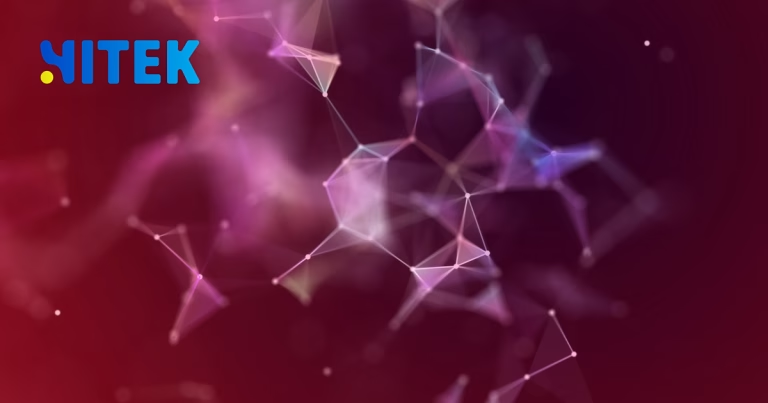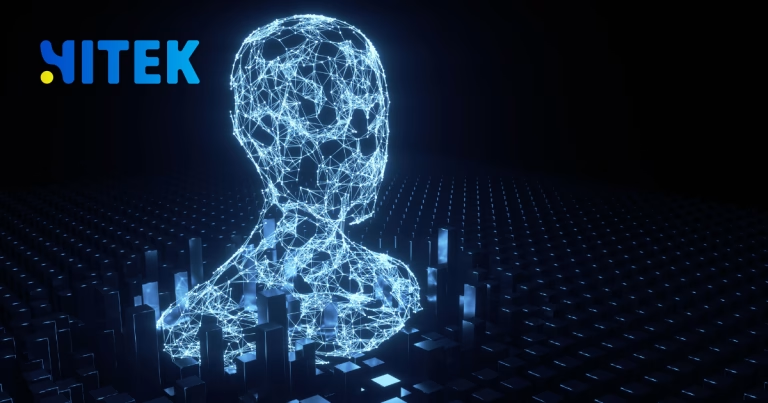In the demanding world of Australian enterprise IT, the digital heartbeat of a business is measured in milliseconds. For every major retailer facing an e-commerce slowdown during peak traffic, every financial institution processing real-time transactions, and every logistics company tracking fleets across the Nullarbor, system downtime isn’t an abstract concept—it’s a direct hit to the bottom line and reputation.
The old playbook of monitoring—a wall of screens flashing a thousand red alerts—is broken. It creates more noise than signal, leaving engineers drowning in data but starved for insight. The new era belongs to smart system monitoring: a cohesive, intelligent approach that doesn’t just flag problems but anticipates them and orchestrates a response. This is where a powerful trio—Dynatrace, Splunk, and Moogsoft—comes into its own, creating an AIOps ecosystem that’s greater than the sum of its parts.
Contents
ToggleThe Indispensable Trio: A Quick Introduction
Before we see how they work in concert, let’s define the key players.
- Dynatrace: Think of Dynatrace as your automated observability foundation. Using its proprietary Davis AI engine, it provides precise answers about application performance, user experience, and underlying infrastructure with causal, root-cause analysis. It’s the detective who knows what happened and why.
- Splunk: If Dynatrace is the detective, Splunk is the vast institutional library. It’s a powerhouse for aggregating and investigating machine data from virtually any source—logs, metrics, traces. Its strength is correlating disparate data points to reveal patterns and anomalies across the entire IT landscape.
- Moogsoft: This is the intelligent central nervous system. Moogsoft is a leading AIOps platform specializing in incident management. It ingests alerts from tools like Dynatrace and Splunk, uses machine learning to suppress noise and group related incidents, and helps teams collaborate to resolve issues faster.
The Symphony of Integration: How They Work Together
Individually, each platform is best-in-class. Integrated, they form a seamless workflow that transforms IT operations from reactive firefighting to proactive assurance.
1. Dynatrace: The Source of Precision
Dynatrace monitors your entire stack with deep context. When an issue occurs—say, a memory leak in a microservice—it doesn’t just send an alert; it provides a precise, causal story: “The checkout API is slow because of high garbage collection in Service A on Host B, impacting 85% of users in the APAC region.” This rich, contextual alert is then forwarded to Moogsoft.
2. Moogsoft: The Brain of the Operation
Moogsoft receives this high-fidelity alert from Dynatrace, along with other alerts from Splunk and infrastructure tools. This is where the magic happens. Its algorithms automatically:
- Deduplicate: Remove repeat alerts for the same issue.
- Correlate: Group related alerts from Dynatrace, Splunk, and other sources into a single, actionable incident.
- Situational Awareness: Create a “situation” that gives engineers a complete, noise-free view of the problem’s scope and its connected components.
3. Splunk: The Deep Investigator
While Dynatrace provides the ‘what’ and ‘why’, sometimes teams need to run a custom query across years of historical log data to understand frequency or a unique edge case. The Moogsoft-Splunk integration allows engineers to dive directly from a Moogsoft situation into a pre-configured Splunk search for deeper forensic analysis, all without switching contexts.
The Tangible Benefits for Australian Businesses
For IT leaders in Sydney, Melbourne, or Perth, this integration isn’t about tech for tech’s sake; it’s about concrete business outcomes.
- Drastically Reduced Noise: By suppressing up to 99% of alert noise, engineers can focus on what truly matters, reducing fatigue and improving productivity.
- Faster Mean Time to Resolution (MTTR): Automated correlation and rich context shave critical minutes—often hours—off incident resolution. This means less impact on customers during crucial trading hours.
- Proactive Problem Solving: The AI doesn’t just react. It learns patterns and can often identify indicators of a problem before it causes a significant outage, enabling a shift-left approach.
- Enhanced Collaboration: Moogsoft’s integrations with collaboration tools like Slack and Microsoft Teams mean the right people are notified immediately, with all the context they need in one place.
Choosing the Right Mix for Your Needs
While the full integration is powerful, each tool can also be leveraged independently based on your organization’s maturity.
| Use Case | Recommended Tool(s) | Why? |
|---|---|---|
| Full-stack observability & automatic root-cause | Dynatrace | Its AI engine provides out-of-the-box precision and automation with minimal configuration. |
| Investigating complex, multi-source incidents | Splunk | Unmatched ability to perform deep-dive investigations across any form of machine data. |
| Unifying alerts & automating incident response | Moogsoft | Excellent at reducing alert fatigue and orchestrating a coordinated response across teams and tools. |
| End-to-end AIOps transformation | Dynatrace + Splunk + Moogsoft | Combines precise detection, deep investigation, and intelligent incident management. |
The Future of IT Operations is Intelligent
The integration of Dynatrace, Splunk, and Moogsoft represents the pinnacle of modern AIOps strategy. It’s a strategy that moves beyond simply monitoring systems to truly understanding them. For Australian businesses operating in a competitive and digitally reliant landscape, this isn’t a luxury; it’s a critical step toward building resilient, scalable, and trustworthy digital services.
Is your organisation ready to replace alert noise with actionable intelligence? The conversation around intelligent system monitoring is happening now. Assessing your current toolset against these platforms could be the most strategic decision your IT leadership makes this year.
What’s the biggest challenge in your current monitoring stack? Is it alert fatigue, slow root-cause analysis, or something else? Share your thoughts.










